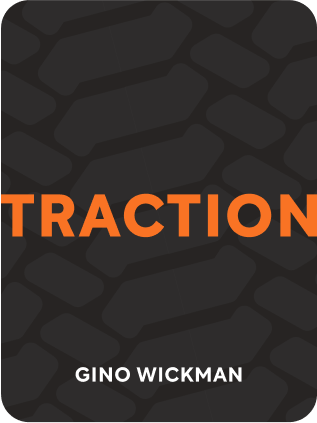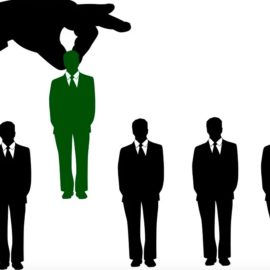

This article is an excerpt from the Shortform book guide to "Traction" by Gino Wickman. Shortform has the world's best summaries and analyses of books you should be reading.
Like this article? Sign up for a free trial here .
Do you struggle to streamline your business processes? How can you introduce structure into your processes so that they run smoothly without your constant oversight?
Your company has a few key processes that keep it running—together, they constitute your unique “way” of doing business. To keep it running smoothly, you need to streamline your business processes in a systematic way.
Keep reading to learn how to streamline your business processes in three simple steps.
3 Steps to Streamline Your Business
Many entrepreneurs neglect this component and allow their way of doing business to develop haphazardly. This creates inconsistencies and inefficiencies as well as never-ending headaches for you, as the owner.
In contrast, honing your processes so they run without constant oversight frees you to focus on building your business rather than being mired in its details.
There are three steps to streamline your business:
- Identify your key processes.
- Document each process.
- Ensure that everyone follows the processes.
1) Identify Key Processes
Your leadership team needs to identify the processes for carrying out every major activity of your business. List the processes on a single sheet of paper and agree on what you will call each one, so there won’t be confusion over what anyone is talking about.
Most businesses have processes to handle the following:
- Human relations
- Marketing
- Sales
- Operations
- Accounting
- Customer service and retention
2) Document Each Process
The person accountable for each process should document it. Don’t list every detail, just the most important steps, with a few bullet points for procedures under each. Follow the 80/20 rule: document the 20% of the process that produces 80% of the results. Here’s an example of documenting an HR process.
The HR process
- Step 1: Search
- Create job description
- Determine search method
- Conduct search
- Step 2: Interviewing
- Step 3: Hiring
- Step 4: Orientation
- Step 5: Performance reviews
- Step 6: Termination
- Step 7: Ongoing benefits management
The documentation for each process should be up to 10 pages. Your goal is to keep your processes simple. As you document steps, you may find redundant or unnecessary steps that you can eliminate. For some processes, a checklist may suffice.
3) Ensure Everyone Follows the Processes
Compile all of your documentation into a manual, whether printed or digital. Each process should be a chapter. The title should be “The (your company name) Way.” Train employees in the processes you need them to use.
It may help to create a visual of your “way” that illustrates how all of the processes work together. The benefits of having documented processes include:
- When everyone follows the same processes, it’s easier for managers to identify and solve problems. Many problems stem from a process breakdown—for example, a customer isn’t billed because a service rep didn’t forward the order to the finance department. You can track the problem to the step that failed and fix it.
- It positions you to grow the business: with effective processes, you can easily scale up, or increase customers, revenue, and employees.

———End of Preview———
Like what you just read? Read the rest of the world's best book summary and analysis of Gino Wickman's "Traction" at Shortform .
Here's what you'll find in our full Traction summary :
- How a first-time entrepreneur can gain the traction needed to grow
- Why hard work and determination aren't enough for your business to succeed
- The 6 key principles of the Entrepreneurial Operating System






